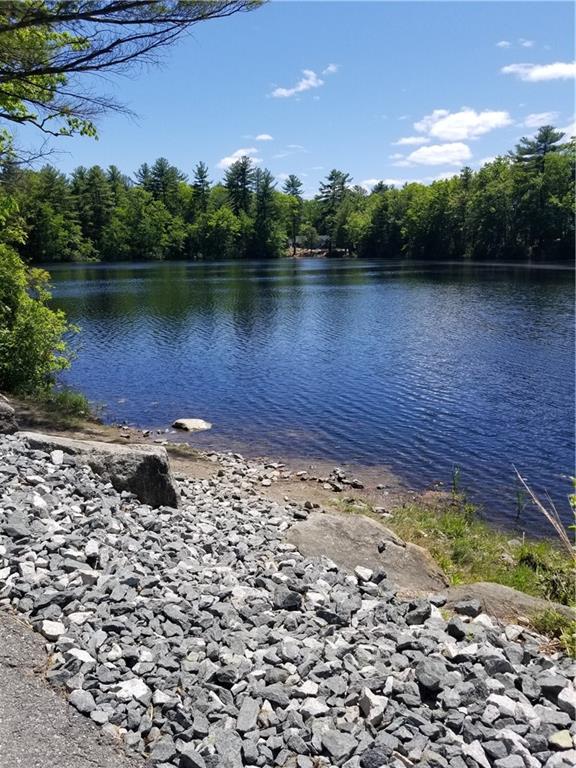GLOCESTER – Test results from water samples taken at Spring Grove Pond have recently shown, “very high,” levels of phosphorous and nitrogen, and members of the Glocester Conservation Commission are now warning that the spike could indicate trouble for the future of the pond.
Commission member Roy Najecki spoke before the Town Council last week, noting that the problem comes primarily as a result of pet waste and fertilizer from area residents.
“It’s not seeping through the bedrock,” said Najecki. “It’s flowing down hill to the pond.”
“A generation ago it was very clear water. Now, it’s getting to be very murky water,” he added. “My concern is we may see an issue in this coming year or future years.”
Najecki said the warning comes following results of a sample from July of 2021 that showed phosphorous at more than double the normal level. The testing for the pond, which includes a town-run beach, he noted, is done by town volunteers, with lab results provided by the University of Rhode Island Watershed Watch. The commission has a budget of $2,300 annually, and Najecki said the majority of it is spent on lab fees.
Due to limited resources, testing by the Rhode Island Department of Environmental Management, he said, is only done sporadically.
The area surrounding the water, Najecki noted, has a thin top soil, which contributes to the problem. The same issue, he said, led to a toxic blue green algae bloom at Johnson’s Pond in Covnetry for the past two years.
“Once it’s in there, it’s forever in there,” he said of the algae. “It’s a matter of how large a bloom you get in the summer.”
The issue is worsened and algae thrives when a season features hot, dry weather followed by sudden rain, he said.
“As the climate changes a bit, we’re getting more hotter summers and frequently heavy rains,” said Najecki.
Activities such as construction and blasting in the watershed also contribute, as do homeowners who fertilize right up to the water’s edge.
“What the landowners in the watershed do may contribute to the problems here,” Najecki said. “We’ve been doing this for 20 plus years now. This is a spike. It was just so far off the mark.”
The commission member said the group will know more once they get back results from the past summer, which are expected soon.
Councilor Cheryl Greathouse expressed concern that the same thing could happen at Marion Irons Beach.
“It might be important to test that with all the kids that swim there,” Greathouse said.
Najecki said that more volunteers are needed to help with regular testing.
Solutions, he said, are hard to come by.
“It’s occurring with houses that are on the pond or in the watershed,” said Najecki, noting that area extends as far north as Blackington Drive.
“The people who live on the pond who are fertilizing, they really need to be made aware that if this happens they also will not have usage of the pond,” said Greathouse. “That might make a difference.”
Najecki said that older homes with failed cess pools excebrate the problem – as does an new construction.
“I think it’s tied to the more development you have in the watershed, you’re going to have that runoff,” he said. “This is percolating just under the soil.”










Very small pond, even smaller contributing watershed and about a dozen new homes popped up on Spring Grove in the last several years, all of which likely contribute to increased nutrient loadings on the small water body. That in tandem with over-fertilization, existing nearby homes with either cesspools or potentially aging failed septic systems and it becomes clear only so much pressure can be placed on an ecosystem.
I fondly remember many a days in the early 80’s going to swim here. Good memories!
I live in Glocester. Although I’m no longer in lawn maintenance, I still maintain my commercial chemical applicators license. The problem is the homeowner that doesn’t properly apply his lawn fert and the fly by night companies that are almost as bad. Don’t get me wrong, I have the greenest lawn on the street, but I do it at the lowest rate possible based on application table. The DEM should worry less about the licensed guys and put the brakes on everybody else. Home Depot should be able to sell half the products it does without some sort of education.